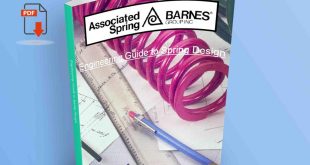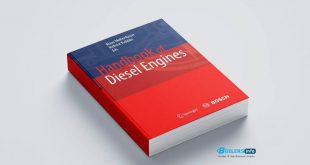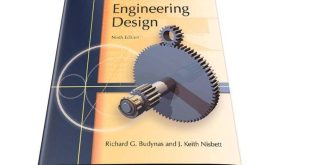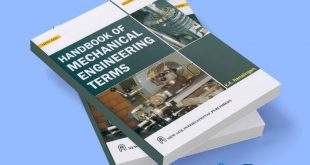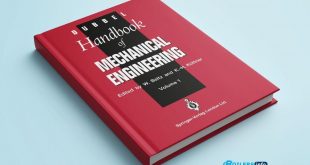🛠️ Mechanical Design: A Comprehensive Guide to Principles, Components, and Applications
Mechanical design is the process of transforming innovative concepts into practical, functional, and manufacturable products. It involves applying scientific principles, engineering analysis, and creative problem-solving to meet specific requirements while ensuring safety, efficiency, and reliability.
This article covers essential aspects of mechanical design including the design process, key mechanical components such as seals, bearings, shafts, gears, and also highlights critical design considerations like tolerances, material selection, and design management.
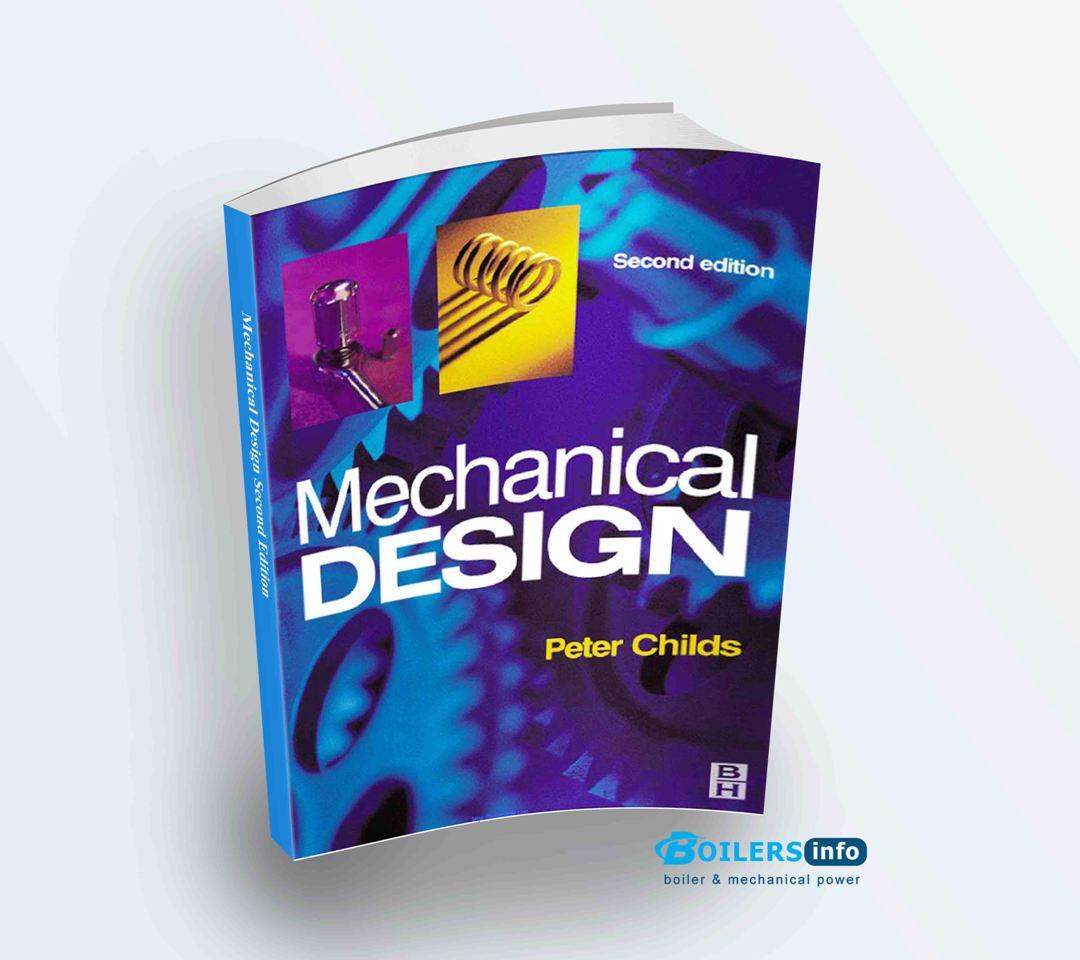
1️⃣ The Mechanical Design Process
1.1 Introduction
Mechanical design begins with understanding the need or problem and proceeds through stages to create a solution that is efficient, safe, and cost-effective.
The Design Process
The typical design process involves:
- Defining the problem
- Research and analysis
- Generating concepts
- Developing prototypes
- Testing and evaluation
- Final design and production
- Mechanical Engineering Design
Total Design
Total design considers not just the technical aspects but also business, environmental, and user-related factors for a holistic approach.
Product Design Specification (PDS)
A clear PDS outlines all performance, functional, and regulatory requirements that the design must meet.
Conceptual Design
This creative phase focuses on brainstorming multiple design solutions before narrowing down to the most feasible one.
The Technology Base
Engineers must stay updated with the latest materials, manufacturing techniques, and computational tools.
2️⃣ Mechanical Engineering Fundamentals
Introduction
Mechanical design draws heavily on foundational principles of mechanical engineering.
Thermodynamics
Understanding energy, heat transfer, and efficiency is crucial in product design.
Mechanics
Statics, dynamics, and strength of materials are used to ensure mechanical stability and safety.
Materials
Choosing the right material affects performance, durability, and cost.
3️⃣ Machine Elements Overview
Introduction
Machine elements are the building blocks of mechanical systems.
Tribology
The study of friction, lubrication, and wear between contacting surfaces.
Bearings
- Sliding Bearings
- Rolling Contact Bearings
Bearings reduce friction and support rotational movement.
Gears, Belts, and Chains
These elements transmit motion and power efficiently between components.
Seals
Seals prevent leakage of fluids or gases in mechanical systems.
Clutches and Brakes
Control motion by engaging/disengaging power transmission.
Springs, Fasteners, Enclosures
Support structure, provide motion control, and protect internal components.
4️⃣ Bearings in Detail
Bearings are critical for ensuring smooth motion and reducing wear:
- Sliding Bearings: Use lubrication to reduce friction.
- Rolling Bearings: Employ balls or rollers for efficiency.
- Considerations include load capacity, speed, temperature, and life expectancy.
5️⃣ Shafts and Connections
Shafts
Transmit rotational power between components.
Shaft-Hub and Shaft-Shaft Connections
Keyways, splines, and couplings ensure reliable torque transmission.
Critical Speed and Shaft Deflection
Design must avoid resonant frequencies to prevent vibration or failure.
6️⃣ Gears and Gear Systems
Gear Tooth Profiles
Precise design ensures smooth and efficient power transfer.
Gear Trains & Tooth Systems
Compound systems to achieve desired speed and torque ratios.
Gear Stress and AGMA Equations
Account for bending and contact stresses to ensure durability.
7️⃣ Power Transmission: Belts and Chains
Belt Drives
Used for flexible, shock-absorbing power transmission.
Chain Drives
Offer higher load capacity and positive engagement without slippage.
8️⃣ Seals: Ensuring Leak-Free Performance
Introduction to Seals
Seals are essential for preventing fluid leakage in rotating or stationary machinery.
Static Seals
Include gaskets and O-rings used in non-moving joints.
Dynamic Seals
Used in rotating shafts (lip seals, mechanical seals) to contain fluids under varying pressures and temperatures.
9️⃣ Clutches and Brakes
These devices control motion by selectively transmitting or stopping power:
- Clutches: Engage and disengage shafts.
- Brakes: Slow or stop rotating elements through friction.
🔟 Fastening and Power Screws
Introduction
Fasteners and screws are crucial for assembling components securely:
- Permanent Fasteners: Rivets, welds.
- Non-permanent Fasteners: Bolts, nuts.
Power Screws
Convert rotary motion into linear motion in presses, jacks, and vises.
1️⃣ Frames, Casings, and Enclosures
Introduction
Frames provide structural support, while casings and enclosures protect components from the environment, improve safety, and enhance appearance.
Design Considerations:
- Material selection (metal, plastic, composites)
- Resistance to loads, corrosion, and wear
- Ease of manufacturing and maintenance
2️⃣ Engineering Tolerances
Tolerance design ensures parts fit together correctly while allowing for manufacturing variations. Tight tolerances increase precision but also cost. Proper tolerance selection is key to balancing performance and manufacturability.
3️⃣ Design Management & Case Studies
Design Management
Efficient project management, teamwork, and communication are vital to successful product development.
Case Studies
Analyzing past projects helps in learning best practices and avoiding common pitfalls.
📚 Conclusion & Book
Mechanical design is a multidisciplinary field that integrates creativity, engineering principles, materials science, and management strategies. From initial concepts to the detailed design of bearings, gears, seals, and enclosures, each element plays a crucial role in creating efficient, durable, and cost-effective products. Mastery of these principles enables engineers to innovate and bring ideas to life in diverse industries ranging from automotive to aerospace.
 Boilersinfo Boiler and Mechanical Power Digital Library
Boilersinfo Boiler and Mechanical Power Digital Library
